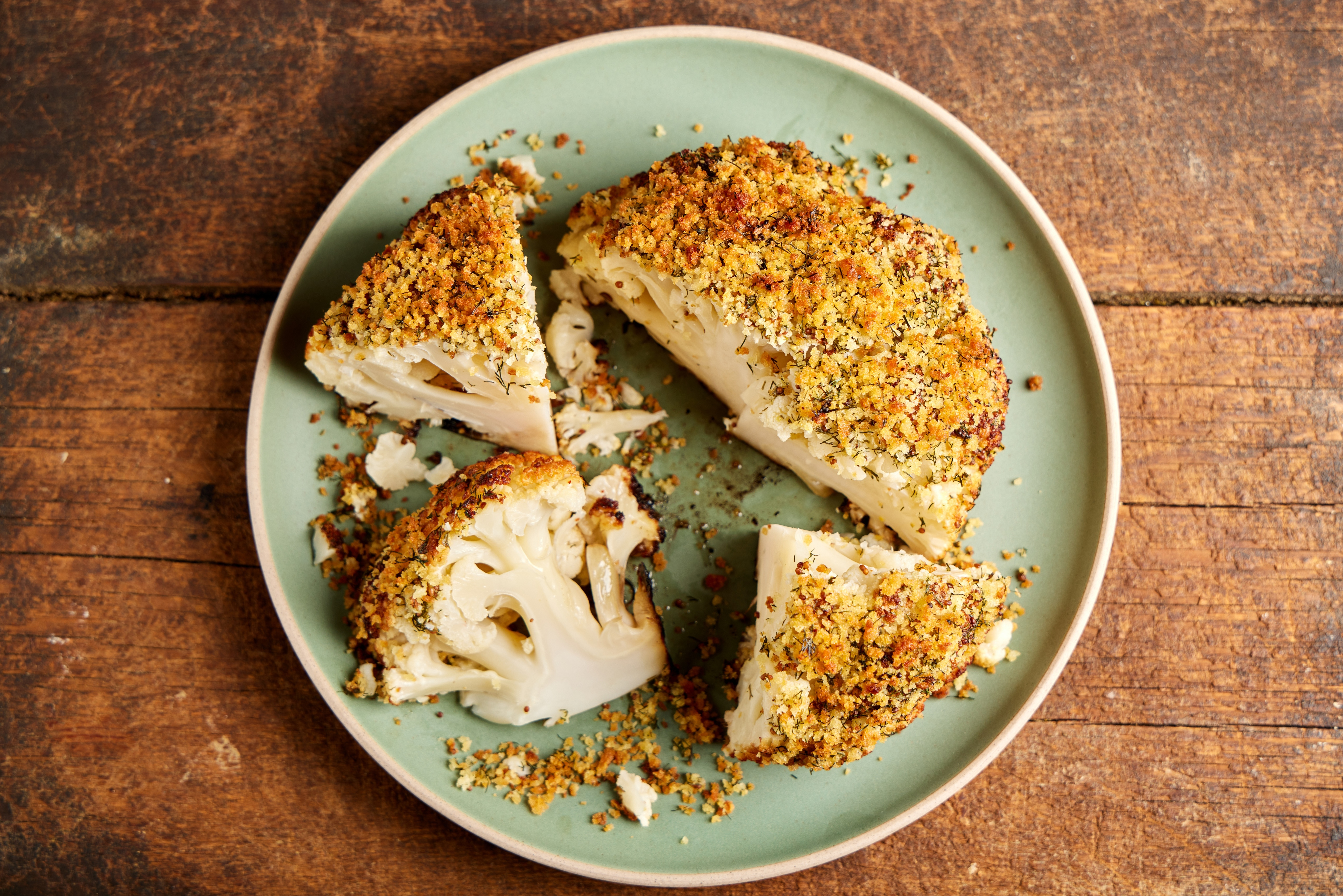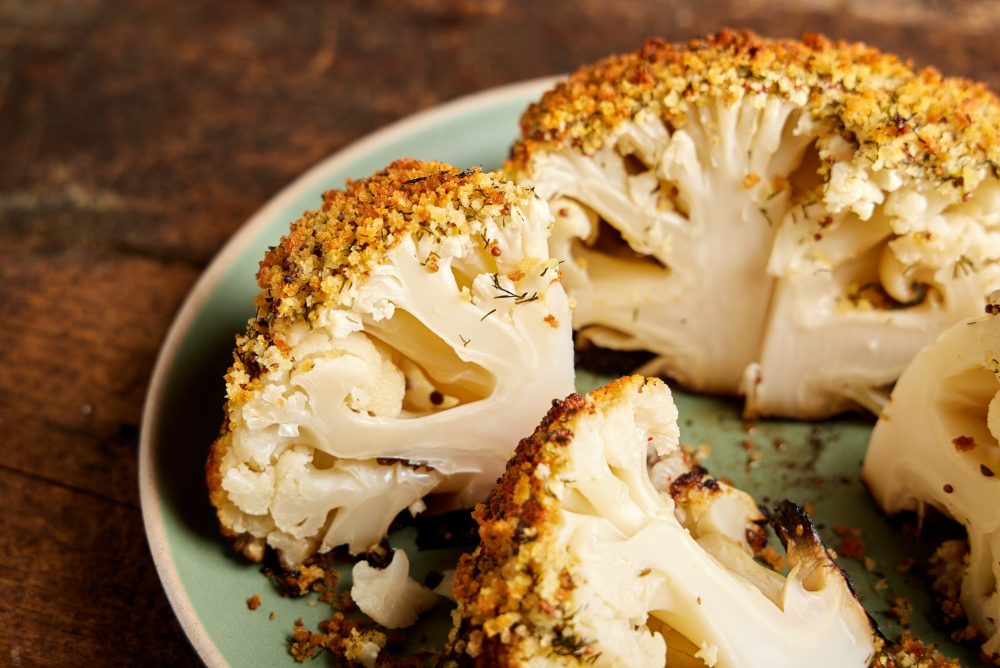What is corning anyway?
There is no corn involved in corning, at least not directly. Corning is simply another word for brining. According to the USDA, the term has more to do with the size of corn kernels than corn itself:
The name comes from Anglo-Saxon times before refrigeration. In those days, the meat was dry-cured in coarse corns of salt. Pellets of salt, some the size of kernels of corn, were rubbed into the beef to keep it from spoiling and to preserve it. Today brining — the use of salt water — has replaced the dry salt cure, but the name corned beef is still used, rather than brined or pickled beef.
We primarily think of salt as a flavoring agent, but salting has its roots in food safety. According to Harold McGee’s On Food and Cooking: The Science and Lore of the Kitchen, salt preservation hinges on osmosis, the phenomenon of water flowing towards higher concentrations of solutes (things dissolved in water, in this case salt). “The addition of salt—sodium chloride—to meat creates such a high concentration of dissolved sodium and chloride ions outside the microbes that water inside their cells is drawn out, salt is drawn in, and their cellular machinery is disrupted,” he wrote. This kills them (yay), but salt also has a pleasant effect on the flavor and texture.
With the exception of country hams, prosciutto, and the like, these days, corning, curing, or brining is less about safety and more about flavor and texture. Brining lets the salt make its way into the meat, permeating it with flavor, but it also disrupts the integrity of tightly-bound muscle filaments, softening them, while drawing out moisture, condensing them. This results in a more concentrated and more tender piece of meat. But we’re not talking about meat.
Corned cauliflower deserves a place in your St. Patrick’s Day spread

You can corn pretty much anything, including—or perhaps especially—vegetables. Corning a head of cauliflower results in a vegetable that isn’t just seasoned on the outside, but down to its core. Salt also weakens the cellular walls of the vegetable by drawing moisture out of them, rendering the vegetable more tender. It’s not quite pickled cauliflower, at least not in the true, fermented sense. Our corned cauliflower is submerged for a mere 12-24 hours, but if you were to let it go longer (for days, or even weeks), friendly microbes—which are not adversely affected by salt—would begin to thrive, converting the plant’s natural sugars to all sorts of other compounds, including lactic acid, which gives pickles their tangy flavor.
But we’re not doing all that.
Instead, we submerge a whole head of cauliflower just long enough to tenderize it and infuse it with flavor—in addition to salt, we included a bunch of other seasonings people associate with corned beef, including toasted coriander, caraway, bay leaves, and mustard seeds. We keep the core intact to help the vegetable hold together. To ensure the brine reaches into the dense core, we use a paring knife to pierce into the stem end before dropping the head into the hot liquid, ensuring the brine gets all the way in there. (Throw some carrots in the brine while you’re at it—they come out beautifully flavored and just-soft-enough, no need to cook them any further.)
After removing the beautiful brassica and patting it dry, into the oven it goes. To finish, we slather the surface with a mixture of butter and whole-grain mustard, coat it with dill and panko breadcrumbs, then roast some more until the surface is nicely browned. Every bit of the cauliflower ends up deliciously seasoned, and its meaty yet tender texture is complemented by the crispness of the breadcrumb crust. It’s visually stunning. Cut into wedges for serving, the cauliflower makes a fine vegetarian main or side.
Get the recipe here and watch culinary director Wes Martin make the stunning vegetable centerpiece on Instagram.
Join the conversation on Facebook, Instagram, TikTok and Pinterest.
And if you're looking for more Milk Street, check out our livestream cooking classes with our favorite chefs, home cooks and friends for global recipes, cooking methods and more.








